Little songbirds may be the most frequent visitors to bird feeders but occasionally larger birds stop by.
Over the past few weeks, I’ve written about smaller birds that commonly visit bird feeders and I’ll conclude the series this week with some of the larger birds. All of the following birds have been attracted to sunflower seeds.
Spotted towhee
More of a spring and summer resident, the spotted towhee may stay during the winter if food is available. I’ve had one frequenting my bird feeder most of the winter. They are slightly smaller than a robin.
The male towhee has distinctive markings–a black head and throat, rufous flanks, white belly, and a black back and wings with white spots and stripes. Females are similar in coloration to males except they are warm brown instead of black.
While they visit feeders, spotted towhees prefer seeds on the ground and hop about to find seeds.
Steller’s jay
Steller’s jays are common in forests and in backyards where they quickly find bird feeders. They eat a wide variety of foods including sunflower seeds, suet and any unguarded food left on a picnic table.
Unlike chickadees that grab-and-go, a Steller’s jay will sit at the feeder and gulp down numerous seeds before flying off. Then the jay caches the seeds for later or eats them.
Steller’s jays can be identified by their charcoal black head with a triangular crest and a blue body. They often make a harsh, scolding call before descending upon a bird feeder.
Blue jay
Another large blue-colored bird that may be visiting your feeder is the blue jay. They are a relative newcomer to the area. Since they mate for life and remain together year-round, you may see two blue jays frequenting your feeder.
Blue jays are smaller than crows but larger than robins. They have a blue crest and back, whitish or light gray belly, and blue, white and black wings.
Blue jays prefer sunflower seeds, peanuts and suet.
Pine grosbeaks
Flocks of pine grosbeaks may descend upon your feeder and take over. As an irruptive species, they flock together and may be here one year and not the next. They flock to productive seed crops and fruit but also eat sunflower seeds from feeders.
The male sports a pinkish-red head, breast, back and rump with the back being streaked. Wings are white and black. The female sports an olive-yellow head and rump, gray underparts and back, blackish brown wings and tail, and white wingbars.
Grosbeaks have short conical bills for crushing seeds and nipping the tips of conifer branches and buds. They may also flock to crab apple or mountain ash trees to devour the seeds and fruits.

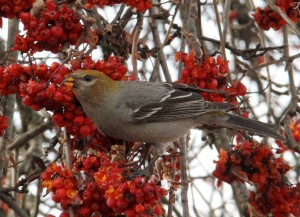
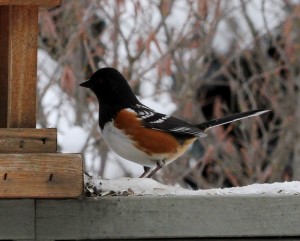
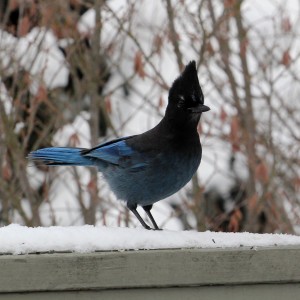
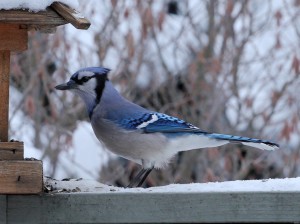
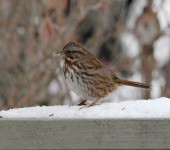
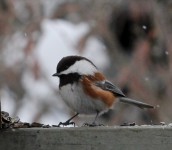
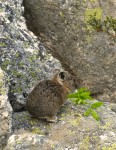
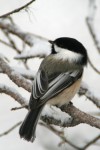
Blue Jays!! I can’t believe we have blue jays in north Idaho.
Laura,
I would like to ask you a question about your Herald position. Would you call me or email me.
Thanks
Don Bartling 659 5160